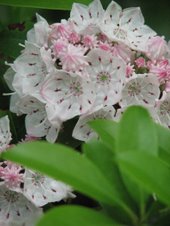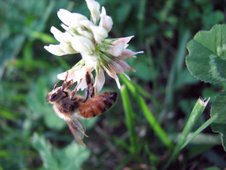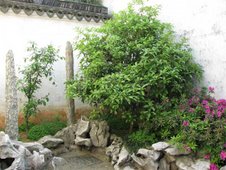The wild flower called Tufted Knotweed (Polygonum caespitosum var.longisetum) or long-bristled smartweed is in the buckwheat family (Polygonaceae), which is also known as the knotweed family. Polygonum is Greek for many knees or many joints.
Leaves are arranged alternately along the stem, lanceolate to elliptic in outline, approximately 3/4 to 3 inches long and 1/2 to 1 1/4 inches wide. Older leaves are usually only slightly hairy. The leaves taper to short petioles, which have an ocrea which encircles the stem. Leaves often, but not always, have a purple spot in the middle of the leaf.
Knotweed has fibrous roots with a shallow and branching taproot. The stems are branched, often reddish in color and swollen at the nodes. A thin membranous sheath called an ocrea encircles the stem at the base of each leaf petiole. The ocrea's of tufted knotweed have stiff hairs arising from the top of the ocrea, which are from 5 to 10 mm long.
The blooming period occurs during the summer and early fall, and can last 2-3 months for a colony of plants. Flowers are clustered in terminal spikes at the ends of stems. Individual flowers are small and are dark pink to red in color. Each flower is replaced by a 3-angled seed that is black and shiny, tapering to blunt points at the upper and lower ends. This plant can reproduce by forming rootlets near the ochreae of the leaves. It also reproduces by reseeding itself.
This weedy plant isn't fussy about growing conditions. It can be found in full sun to light shade, moist to dry areas, and various kinds of soil, including those containing loam, clay loam, and rocky or gravelly material. Some of the lower leaves may shrivel away during hot dry weather. This smartweed withstands regular lawn-mowing better than others because of its low-growing habit.
There are about 35 species of smartweeds found in the east. Three smartweeds in our area are similar except for the stiff hairs on the ocrea or knee. The elliptic to lanceolate leaves with a purple spotted 'lady's thumb' print in the middle and distinctive ocrea with stiff hairs are all characteristics that help to distinguish tufted knotweed from other similar weeds. Pennsylvania Smartweed (Polygonum pensylvanicum) is very similar in appearance and growth habit, but does not have hairs on the knee like that of tufted knotweed. Lady’s Thumb (Polygonum persicaria) is also similar in appearance and growth habit, but has hairs on the knee that are much shorter (2 mm) and has generally smaller leaves and dark pink to red flowers.
As a wildflower smartweeds are a lovely blooming addition to your yard. Birds that eat the seeds of the Smartweeds include the Mourning Dove, English Sparrow, House Finch, other songbirds, and ducks.
Leaves, stems and flowers are edible, but very hot. Try a small part of leave about ¼ size of your little finger nail. Wait a second or 2 then you will taste the heat. Good substitute for pepper or wasabi in your cooking, but use sparingly. The plant can be used fresh or dried. It’s a fine plant for seasoning while camp cooking, but can overwhelm like cayenne pepper. Also be careful because some people can develop dermatitis from it.
There is a tradition, quoted in old Herbals, that if a handful of the plant be placed under the saddle, a horse is enabled to travel for some time without becoming hungry or thirst.
Thursday, October 20, 2011
Monday, October 3, 2011
Weed or Miracle Plant?
Plantain is a perennial herb with basal leaves and
inconspicuous flowers in spikes or heads.
These wildflowers probably can be found in everyone’s yard or
field. The plant was introduced into the
new world by colonist from Europe. So it
first common names were “Englishman’s foot” or “White Man’s Foot”. The most common species in North America are Plantain major, the broad-leaved or
common plantain, and Plantain lanceolat,
the narrow-leaved English plantain.
In the spring the plant sprouts from its taproots or seeds. From early summer to late fall leafless flower
stalks arise from the center of the rosette of leaves. The tiny flowers are greenish white and become
a seedpod of 10 to 20 seeds. Most people treat this plant as a weed; since
it grows everywhere in most soil and light conditions.
However to many this is a miracle plant. Native Americans used the powdered roots of
Plantain as anti-venom for rattlesnake bites and the plant earned the name of
“Snake Weed”. In Europe the plant was
used for skin diseases and bites.
The very young leaves can be used in salads or cooked as
greens. The larger older leaves are used
for tea. The leaves are high in beta carotene
(vitamin A), vitamin B1, riboflavin, calcium, and ascorbic acid (vitamin C).
The young flower stalks of common plantain may be eaten raw
or cooked and taste like asparagus. The
seeds may be added to food or ground into flour. You may be familiar with Metamucil. This laxative’s primary ingredient is from
the seeds of a related species (Plantain psyllium).
There are medical benefits from all parts of the plant. A tea made from the leaves or the whole plant
can treat lung disorders, stomach problems and skin diseases and
irritations. Chewing on a leaf not only
refreshes your breath, but may discourage your desire to smoke cigarettes.
According to the School of Pharmacy at the University of Oslo, Norway “the leaves have been used as a wound healing remedy for centuries
in almost all parts of the world and in the treatment of a number of diseases
apart from wound healing”. So, if you
are outside and receive a bug bite or sting; chew a leaf and place on your
sore.
Plantain ointment and Plantain extract may be ordered online
from several vitamin companies.
This plant also provides food for butterfly caterpillars,
rabbits, deer, grouse, and other birds.
I used to constantly remove some of my numerous Plantain
plants, keeping the larger ones, which are easier for me to grow than the
flamboyant slug attractant Hosta. I look
forward to this coming spring when I will be picking the young Plantain leaves
for a salad.
Subscribe to:
Posts (Atom)






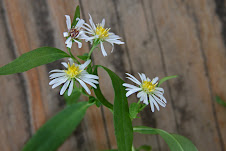












LP_gardening_2666.jpg)
LP_gardening_2668.jpg)

LP_garden_2819.jpg)

LP_flower_0563.jpg)
LP_flower_0577.jpg)
LP_flower_0545.jpg)
LP_flower_0555.jpg)
LP_flower_0539.jpg)
LP_dog_0470.jpg)
LP_snow_0467.jpg)
LP_dog_0349.jpg)
LP_tree_8153.jpg)
LP_5028.jpg)
LP_flowers_3940.jpg)

LP-grass_0889.jpg)
LP_redfox_1651.jpg)
LP_squirrel_6978.jpg)
LP_flower_6936.jpg)
LP_squirrel_6864.jpg)
LP-deer_4773.jpg)
LP_4521.jpg)
LP_1251.jpg)
LP_4585.jpg)
LP_3784.jpg)
LP_3759.jpg)
LP_3811.jpg)
LP_3816.jpg)
LP_3847.jpg)
LP_0870.jpg)
LP_4183.jpg)
LP_0891.jpg)
LP_3175.jpg)
LP_3577.jpg)

LP_3068.jpg)
LP_3058.jpg)
LP_3562.jpg)
LP_0118.jpg)
LP_3407.jpg)
LP_3150.jpg)
LP_3011+(2).jpg)
LP_3020.jpg)
LP_2830.jpg)
LP_2782.jpg)
LP_2828.jpg)
LP_1746.jpg)
LP_2648.jpg)
LP_2666.jpg)
LP_2668.jpg)
LP_2493.jpg)
LP_2611crop.jpg)
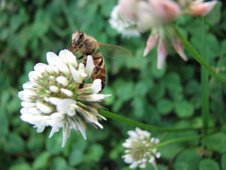
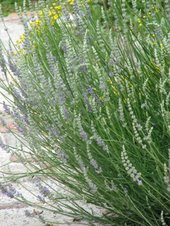
LP_2588.jpg)

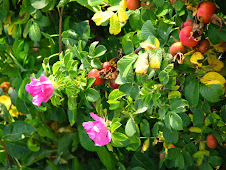
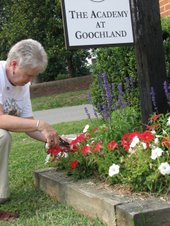


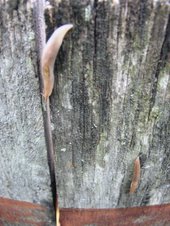
LP_2126.jpg)
LP_2122.jpg)
